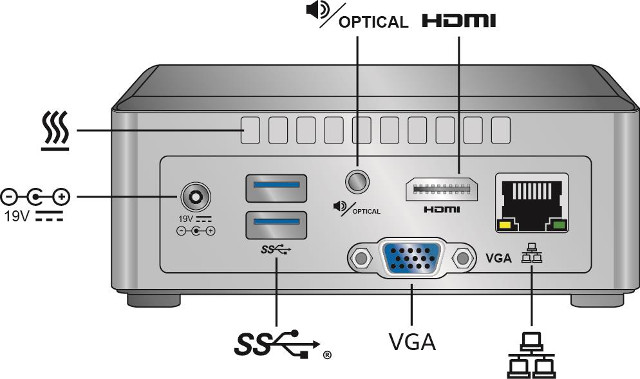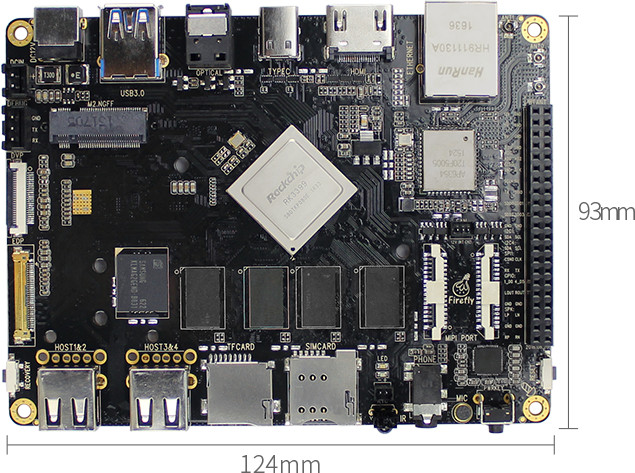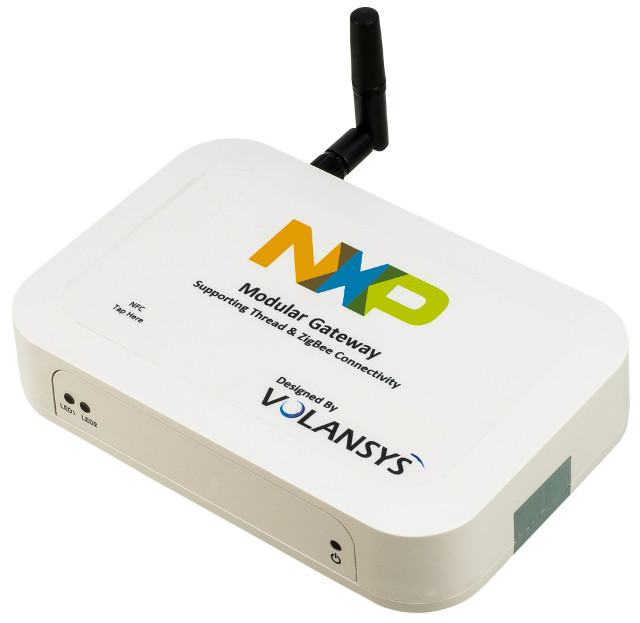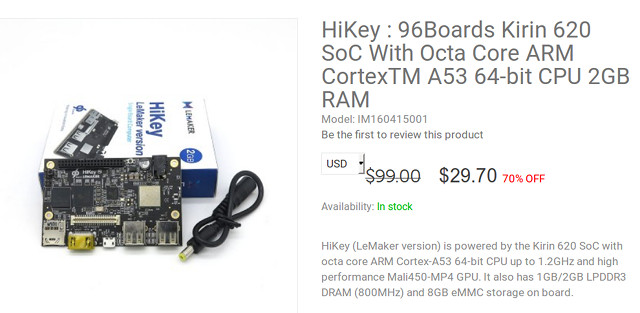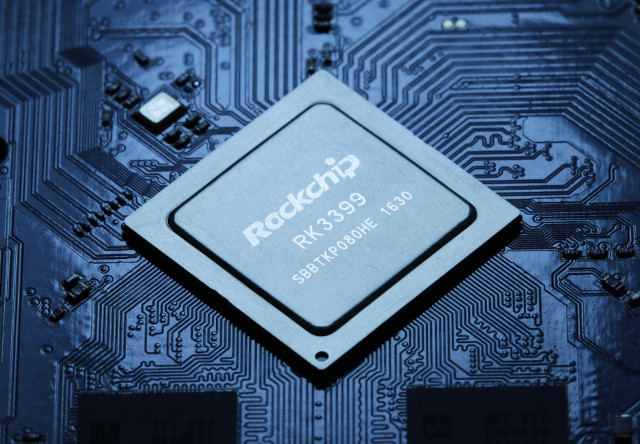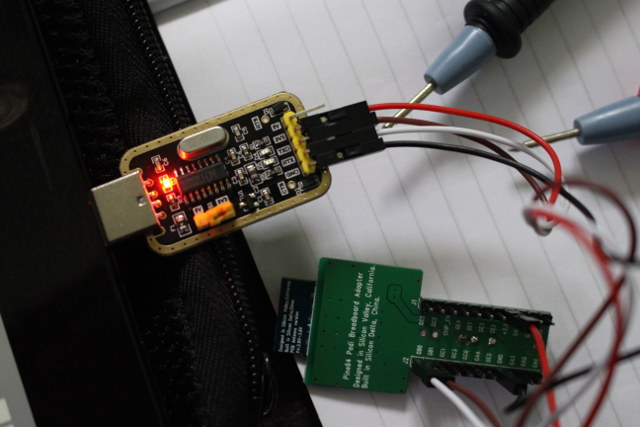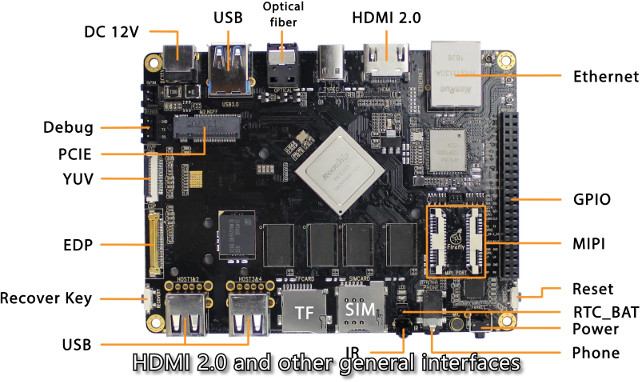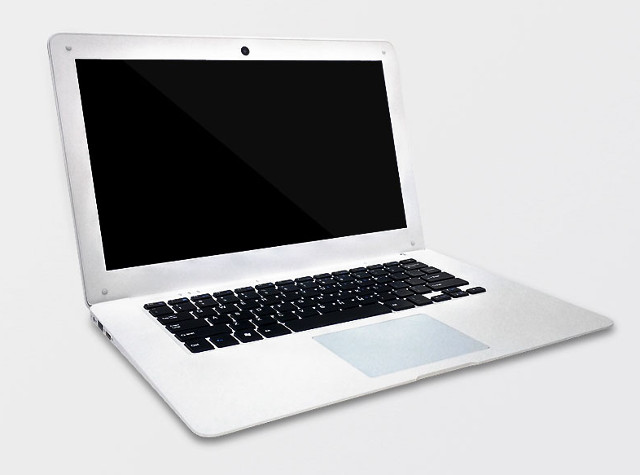Intel unveiled Intel NUC6CAYS & NUC6CAYH NUCs to be powered by Intel Celeron “Apollo Lake” Jxxx processors, but at the time we did not have the full technical specifications. The company has now published a 66-page technical product specification for NUC6CAYB board used in both mini PCs. Intel NUC Board NUC6CAYB specifications: SoC – Intel Celeron J3455 quad core processor @ 1.5 GHz to 2.3 GHz (burst) with 12EU Intel HD graphics 500 @ 250 to 700 MHz supporting DirectX 9.3/10/11.1/12, OpenCL 1.2, OGLES 3.0, OpenGL 4.3 (10W TDP) System Memory – 2x DDR3L-1600/1833 SO-DIMM supporting up to 8GB DDR3L-1866 in total Storage – 32GB eMMC flash (Sandisk, Hynix or Samsung depending on your luck), 2.5″ SATA3 bay for hard drives up to 9.5mm thick, SDXC slot with UHS-I support Video Output – HDMI 2.0 (4K @ 60 Hz) with HDMI CEC via MegaChips MCDP2800-BCT DisplayPort 1.2a to HDMI 2.0 […]
Firefly-RK3399 Rockchip RK3399 Development Board Launched on Kickstarter for $139 and Up
Firefly-RK3399 is the first, and for now the only one, development board equipped with the latest Rockchip RK3399 hexa-core Cortex A72 & A53 processor. It’s just not available yet, but the board has now been launched on Kickstarter where it is offered for $139 to $199 depending on options. Firefly-RK3399 board specifications: SoC – Rockchip RK3399 hexa-core big.LITTLE processor with dual core ARM Cortex A72 up to 2.0 GHz and quad core Cortex A53 processor with ARM Mali-T860 MP4 GPU with OpenGL 1.1 to 3.1 support, OpenVG1.1, OpenCL and DX 11 support System Memory Standard – 2 GB DDR3 Plus devkit – 4 GB DDR3 Storage Standard – 16 GB eMMC flash, micro SD card, M.2 socket Plus devkit – 32 GB eMMC flash, micro SD card, M.2 socket Video Output & Display Interfaces 1x HDMI 2.0 up to 4K @ 60 Hz 1x DisplayPort (DP) 1.2 interface up to […]
NXP Modular IoT Gateway Supports Thread, Zigbee, NFC, Bluetooth and WiFi Connectivity
NXP has just announced a modular IoT gateway solution for large node networks (>= 250 nodes) based on Volansys i.MX6UL system-on-module, supporting wireless communications protocols such as Thread, ZigBee, NFC through add-on modules, on top of Wi-Fi and Bluetooth 4.1. NXP Modular IoT Gateway specifications: SoM – Volansys i.MX6UL 200-pin SO-DIMM module with: SoC – NXP i.MX 6UL ARM Cortex A7 processor @ 528 MHz System Memory – 256MB to 1GB DDR3L RAM Storage – 1GB to 4GB NAND flash, optional 4GB to 16GB eMMC flash, EEPROM for device info PMIC, Mbit Ethernet PHY Wireless Connectivity Expansion Modules: PN7120 explorer board for NFC Kinetis KW41 module for Thread support JN5169 module for Zigbee support 2x MikroBUS headers Baseboard connectors / features: Storage – 1x micro SD slot Connectivity – 1x 10/100M Ethernet port, Murata WiFi 802.11 b/g/n & Bluetooth 4.1 + EDR module with external antenna connector USB – 2x […]
LeMaker HiKey 96Boards Board Sells for $29.70 (Promo)
[Update: The promo is over back!] You’d think Cyber Monday should be over by now, but ITEAD Studio still has a clearance with real 70% discount, as 96Boards hardware compliant LeMaker Hikey board is now sold for just $29.70 instead of the usual $99 price. A quick reminder of the specifications: SoC – HiSilicon Kirin 620 octa core Cortex A53 processor @ 1.2 GHz with ARM Mali-450MP4 GPU System Memory – 2 GB LPDDR3 @ 800 MHz Storage – 8GB eMMC + micro SD slot Video Output / Display – HDMI up to 1080p, MIPI-DSI interface Connectivity – 802.11 a/b/g/n Wi-Fi, Bluetooth 4.1 LE (WL1835MOD module) USB – 2x USB 2.0 host ports, 1x micro USB OTG Camera – MIPI CSI interface Debugging – UART header), unpopulated 10-pin JTAG header (back) Expansion headers 40-pin LS (Low Speed) Expansion connector – UART, I2C, 12x GPIOs, SPI, PCM, PWM, SYS_DCIN, 1.8V, 5V, […]
Theobroma Announces Rockchip RK3368 and RK3399 Qseven System-on-Modules
Theobroma Systems, an embedded system company based in Austria, has designed several Allwinner systems-on-module compliant with μQseven & Qseven standards in the past. The company has now started to work with Rockchip and reached “an advanced design stage” for the development of μQseven and QSeven systems-on-module powered by RK3368 and RK3399 processors. RK3368-uQ7 module specifications: SoC – Rockchip RK3368 octa-Core ARM Cortex-A53 processor up to 1.2GHz with Imagination Technologies PowerVR G6110 GPU System Memory – up to 4GB DDR3-1600 SDRAM on-module (512MB, 1GB, 2GB (default) and 4GB configuration available) Storage – Up to 128GB eMMC flash on-module (8GB default), 16 Mbit to 128 Mbit SPI NOR flash on-module Video Capabilities – H.264 decoding up to 2160p30, H.265 decoding up to 2160p60, video encoding up to 1080p30 Connectivity – GbE PHY on-module CAN – On-module communication offload controller for CAN 230-pin MXM edge connector with: 10/100/1000 Mbps Ethernet USB – 1x […]
Getting Started with Pine64 PADI IoT Stamp – Part 2: Serial Console, GCC SDK, Flashing & Debugging Code
PADI IoT Stamp module powered by Realtek RTL8710AF ARM Cortex M3 WiFi SoC is a potential competitor to Espressif ESP8266 modules. Pine64, the manufacturer of the module, sent me their kit with a $2 IoT stamp, a breakout board, a USB to TTL debug board and a J-Link debug board. In the first part of the review I’ve shown the hardware and how to assemble PADI IoT stamp kit. In the second part I’m going to write a tutorial / getting start guide showing how to control the board with AT commands, build the firmware with GCC SDK, and finally demonstrate how to flash and debug the firmware with the J-Link debugger. The Quick Start Guide indicates you need to connect the USB to TTL debug board to UART2 instead of UART1 as I did on the very similar B&T RTL-00 RTL8710AF module, and set connection settings to 38400 8N1. […]
Firefly-RK3399 Development Board Will Fly with Rockchip RK3399 Hexa-core Processor
ARM Cortex A72 class development boards are usually quite expensive, and cheaper boards like Mediatek X20 development board ($200) appears to be out of stock very often, and software support is limited to Android 6.0. But things look to improve soon, as T-Chip is about to release Firefly-RK3399 development board powered by Rockchip RK3399 hexa-core Cortex A72/A53 processor. Firefly-RK3399 (preliminary) specifications: SoC – Rockchip RK3399 hexa-core bit.LITTLE processor with dual core Cortex A72 up to 2.0 GHz and quad core Cortex A53 processor with ARM Mali-T860MP4 GPU with OpenGL 1.1 to 3.0 support, OpenVG 1.1, OpenCL and DX 11. System Memory – 2 to 4 GB DDR3 Storage – 16 to 32 GB eMMC flash + micro SD card Video Output & Display Interfaces – HDMI 2.0 up to 4K @ 60 Hz, eDP 1.2 interface, YUV interface, 1x MIPI DSI interface Video Decode – 4K VP9 and 10-bit H.265 […]
PINEBOOK ARM Linux Laptop Powered by Allwinner A64 Processor to Sell for $89 and Up
Following up on Pine A64 board powered by Allwinner A64 quad core Cortex A53 processor, Pine64 has decided to work on a software compatible laptop based on the processor. PINEBOOK comes with 2GB RAM, 16 GB flash storage, a 11.6″ or 14″ display, and the usual ports you’d expect on such device. PINEBOOK specifications: SoC – Allwinner A64 quad core ARM Cortex A53 processor @ 1.2 GHz with Mali-400MP2 GPU System Memory – 2GB DDR3L Storage – 16GB eMMC 5.0 flash and micro SD slot up to 256 GB Display – 11.6″ or 14″ IPS LCD display with 1280 x 720 resolution (no touchscreen) Video Output – mini HDMI port for external display Audio – HDMI, 3.5 mm headphone jack, built-in microphone and stereo speakers Connectivity – WiFi 802.11 b/g/n + Bluetooth 4.0 USB – 2x USB 2.0 host ports Camera – 1.2 MP camera User Input Devices – Full size […]


